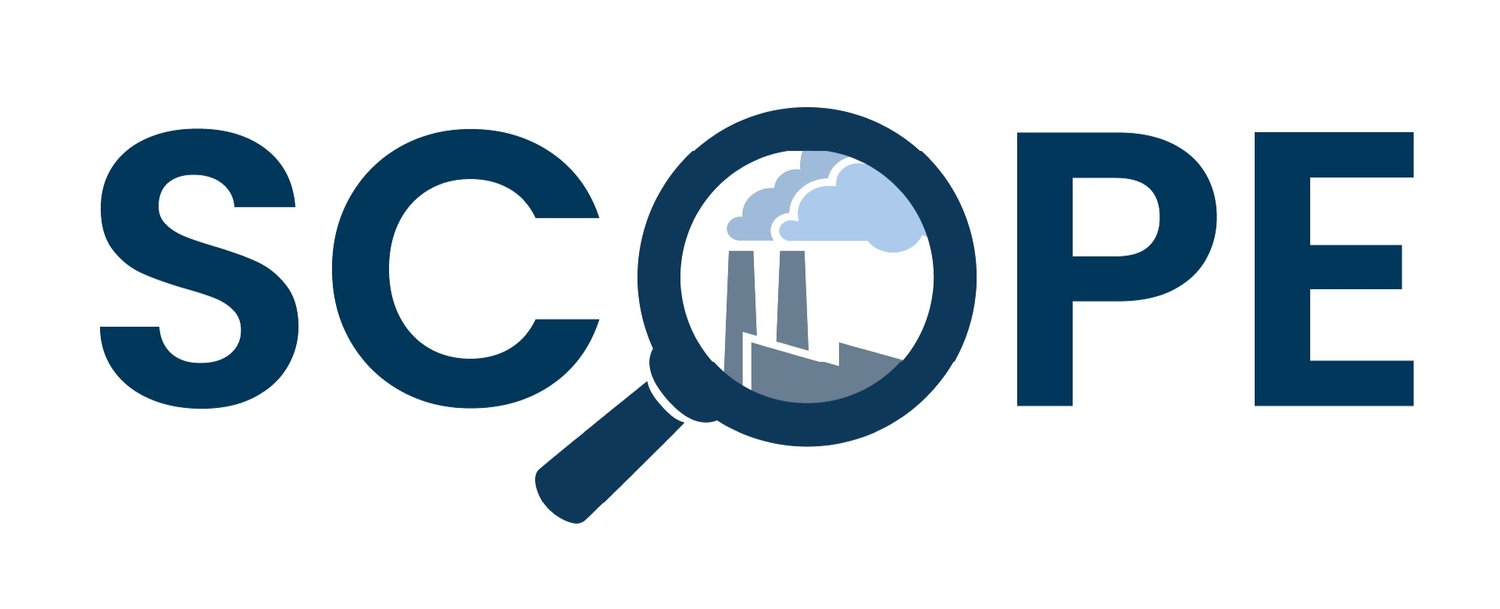SCOPE at GHGT-16
The SCOPE team attended the 16th Greenhouse Gas Control Technologies (GHGT) conference in Lyon, France in late October 2022, with partners sharing their research through a series of presentations and posters. These can now be downloaded using the linked below.
SCOPE: an ERA-NET ACT project on sustainable operation of post-combustion capture plant
H. M. Kvamsdal, P. van Os, P. Moser, A. Korre, A Martinf, M. S. Matuszewskig, N.C. Guptah, P. Khakhariai, C. McNally.
SCOPE (Sustainable OPEration of post-combustion Capture plants) is a three-year project from the third ERA-NET Co-fund ACT program. The participants of SCOPE represent the ERA-NET ACT countries of Norway, The Netherlands, Germany, United Kingdom, USA, and India. The SCOPE consortium involves 24 partners from industry, authorities, research, and academia and has considerable involvement of industrial companies. The industrial partners are not only supporting the research but have also committed to directly invest and participate in the R&D and demonstration activities in the project, boosting the credibility of the project’s potential for accelerated decarbonisation of the industry. In this paper, a high-level overview is given of the research being conducted in the project and its immediate impact on the CCUS community.
Download the paper | Download the E-Poster
Advancing the large-scale development of PCC processes by providing essential VLE data for aqueous solutions of amines
C. Charalambous, A. Hartono , H. Knuutila , S. Garcia.
New vapor liquid equilibrium (VLE) ebulliometric data is provided for ternary aqueous 2-Amino-2-methyl-1-propanol (AMP) and Piperazine (PZ) solutions for a range of temperatures (30 ºC, 40 ºC and 50 ºC) and different AMP/PZ ratios (3:1.5 / 4:1 / 6:1). The selected conditions and concentrations are representative of those expected in the water wash systems typically located at the top of an absorption column. The NRTL thermodynamic model in Aspen Plus is used to correlate the VLE data and determine new AMP/PZ binary interaction parameters, leading to an improvement on the prediction of the amine’s volatility. The scatter in the experimental data for the AMP and PZ concentrations in the vapor phase however suggests that VLE data are subjected to substantial uncertainty at low temperatures and low amine concentrations. Experimental VLE data also show a small interaction between amine molecules since an increase in the AMP/PZ ratio, for a given AMP and PZ concentration and temperature, does not have a significant effect on either AMP or PZ volatilities.
Download the paper | Download the E-Poster
Validation of process simulator with new plant data for MEA and CESAR1
D. Pinto, J. Monteiro, E. Skylogiani , P. Moser , G. Wiechersc.
Process simulators are frequently used to design and optimize CO2 capture plants. Aqueous monoethanolamine (MEA) is the most studied solvent with CESAR1 (aqueous blend of 2-Amino-2-methylpropan-1-ol and piperazine) being considered the next benchmark solvent for post-combustion carbon capture. Although the physicochemical properties of several open solvents such as aqueous solutions of MEA and CESAR1 are reasonably well described in the literature, comparison with plant data under PCCC conditions are less commonly found. In this work, the commercial process simulator ProTreat® is used to simulate data points obtained in 3 different plants, namely: (i) TNO’s mini plant I and (ii) II both using 30wt% MEA and (iii) RWE pilot plant using CESAR1. The simulations are compared to the experiment data in terms of rich loadings, temperature profiles, duties, etc. The ProTreat® process simulator was used to model the experimental campaigns with good accuracy. Therefore, process design using it can be regarded with good level of confidence. Besides, ProTreat® showed exceptional speed and convergency rates for the cases studied and an easy user interface to set up simulations.
Download the paper | Download the E-Poster
Aerosol and volatile emissions control in an amine-based CO2 capture plant
J. Monteiro, E. Skylogianni , A. Huizinga , J. Kiewik , M. Vos.
This work reports on an experimental campaign measuring particles in the flue gas of the waste-to-energy plant of Twence. The plant is equipped with a CO2 capture pilot facility, which uses a brownian demister unit (BDU) as means of separating particles and avoiding amine emissions. Measurements were performed in July 2022 at the inlet and outlet of the BDU, as well as at the outlet of the absorber water wash. This campaign is compared to results from a previous campaign, performed in March 2021, right after the installation of the BDU on-site. In the July 2022 campaign, the total mass of particles entering the BDU was of the order of magnitude 101 mg/m3. At this relatively low number, when the BDU was by-passed, no increase in the emissions were observed. On the other hand, the March 2021 campaign had a much higher mass of particles entering the BDU, with order of magnitude 103 mg/m3. When by-passing the BDU, an immediate increase in emissions was observed: from ca. 2.5 to 750 mg/Nm3. It is confirmed that the BDU is an efficient technique for lowering aerosol-based emissions, with separation efficiency above 99.8% measured in the campaign of March 2021, and even higher, 99,98%, in the campaign of July 2022.
